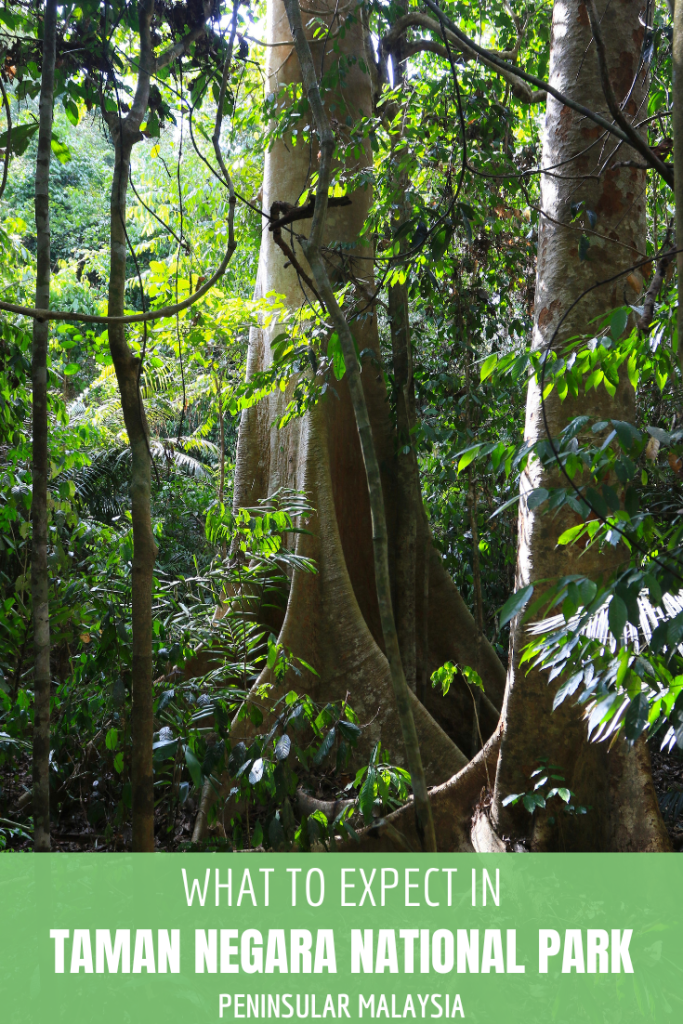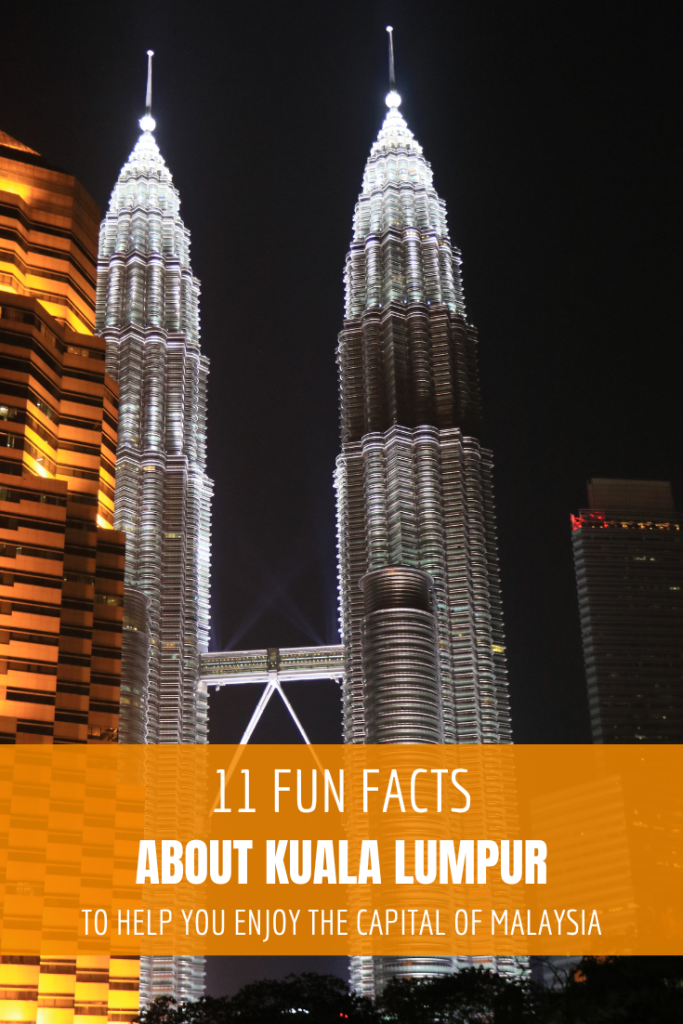Text & Photographs: Claire Lessiau
The Cameron Highlands are one of the top tourism destinations of peninsular Malaysia, easily reached from Kuala Lumpur and Penang. From the start of their development in the late 1800s, they were meant to be a recreational area mostly for British expatriates needing respite from the hot and humid tropical climate of then Malaya.
The more recent erratic real estate developments with tall buildings of questionable architecture and fields of plastics covering the slopes to protect cash crops such as strawberries and flowers from the heavier and heavier rains give a negative first impression of the hilly area. If some British-style cottages and golf courses still dot the hills, the most rewarding sides of the Cameron Highlands are its photogenic tea plantations and spy stories!
Like it, pin it!
Tea plantations
Why the Cameron Highlands?
In the 1920s, John Archibald Russels, a Scottish-born businessman decided to branch out from rubber, mining, and construction to start planting tea in the cooler Cameron Highlands that were being developed as a holiday area for expatriates. Their fertile acidic soils, high rainfalls, and long hours of sunshine were ideal to grow tea. In 1929, BOH Tea was born, and is today the largest tea plantation of Malaysia still owned and run by the 3rd generation of the Russels family. With some low land and high land plantations including the very photogenic Sungai Palas plantation surrounded by dense jungle, it is a total of 1,200 hectares (3,000 acres) producing over 4 million kilograms (8.8 million pounds) of mostly black tea annually (representing 5.5 million cups daily!).


Is tea a bush?
Tea comes from the same bush, Camelia sinensis, which is kept a bush to facilitate plucking. Not pruning it (as it is done at least every 3 years on the plantation), Camelia sinensis can grow as high as a regular tree and could live as long as 500 years. Some tea bushes are known to be 150 years old while the oldest here on Malaysia’s first tea plantation dates back to 1929.
What’s the difference between green and black tea?
The colour of the green and black tea comes from the way they are processed.
They are harvested in the same way, either hand-plucking two young shoots and one bud (as often as every two weeks), or using shears (as often as every three weeks) or machines (only every two months) and grabbing an extra pair of leaves. The working conditions along steep slopes in full sun in a humid heat are such that mostly Bangladeshi, Indonesians, and Nepalese men work the Malaysian tea plantations.
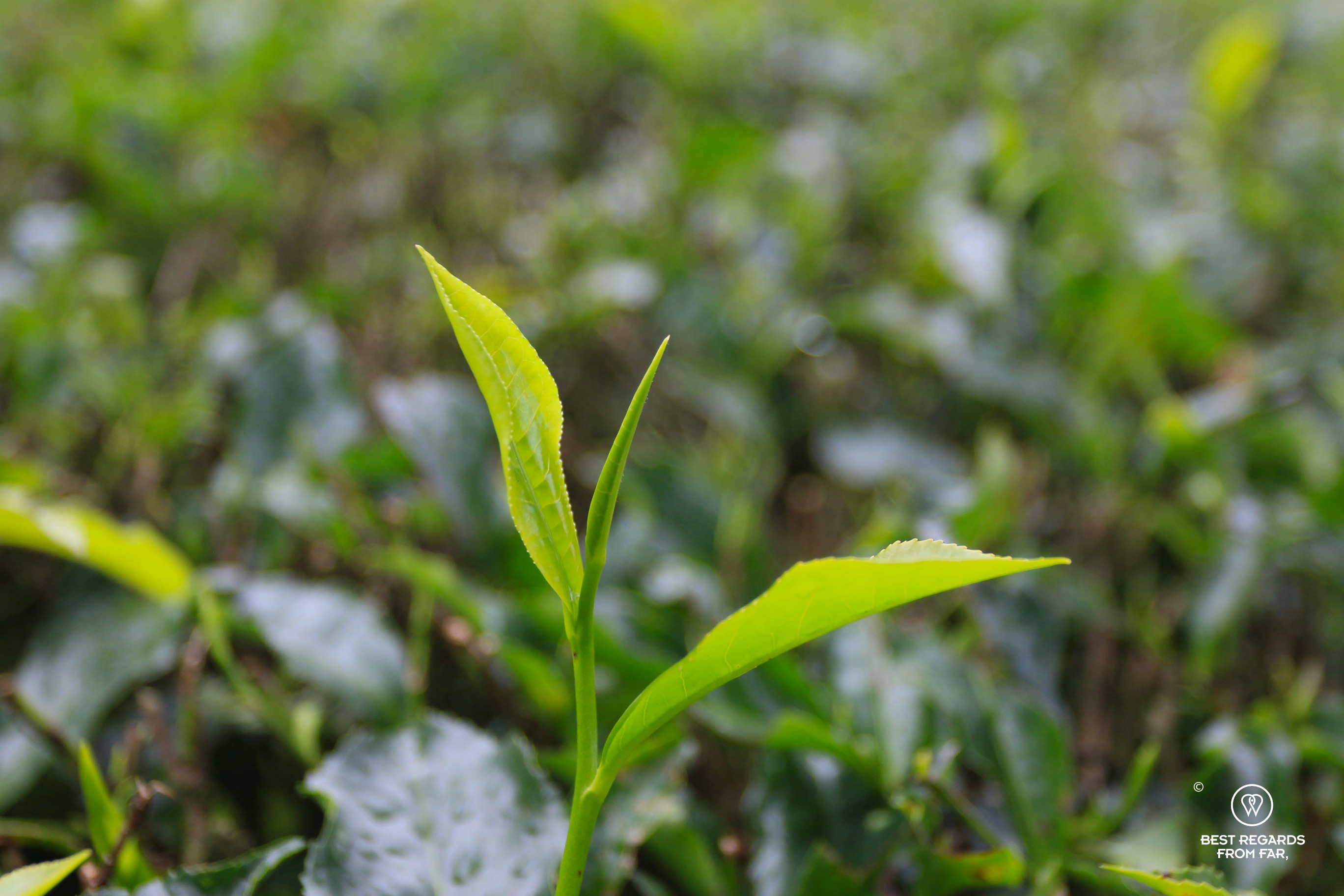
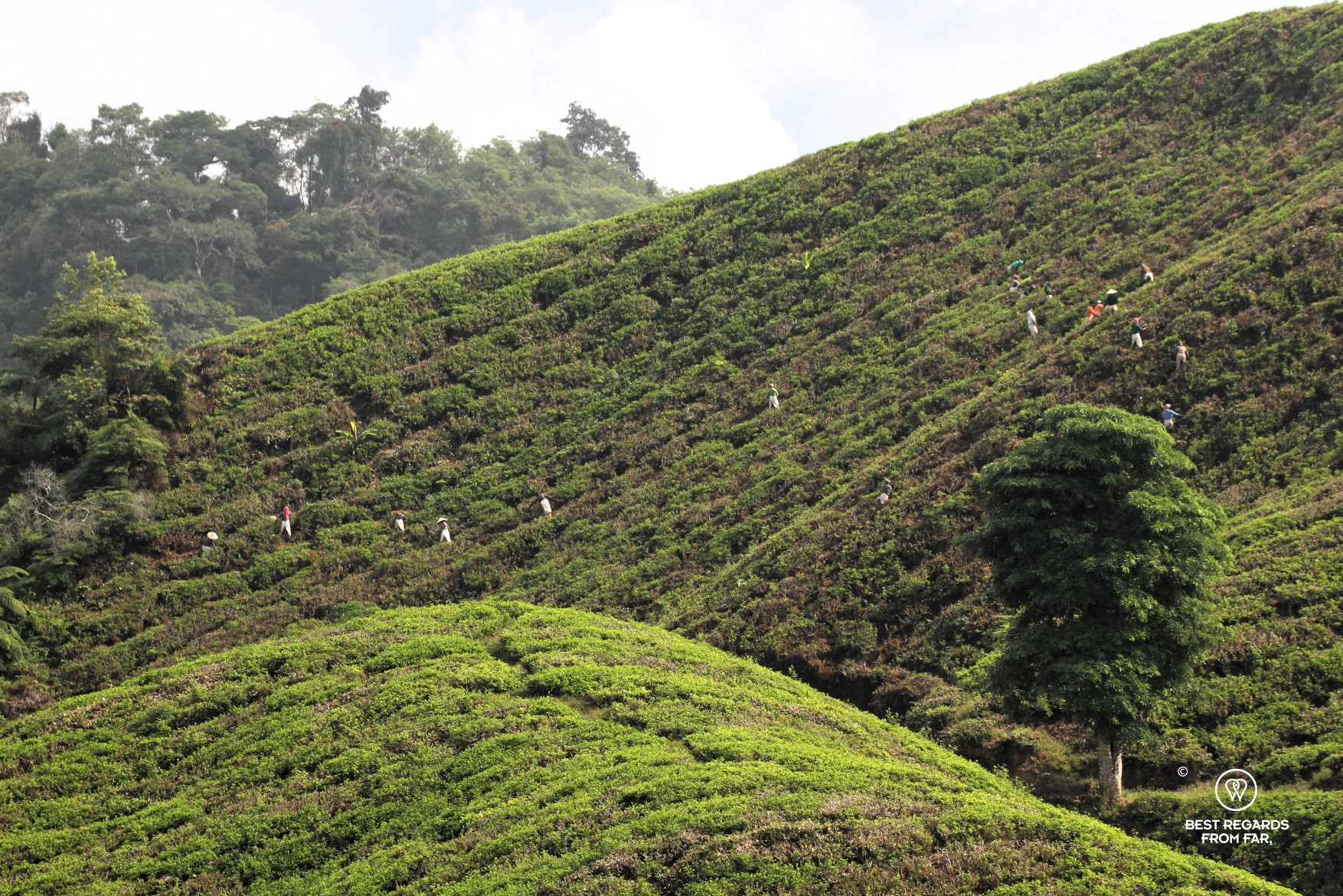
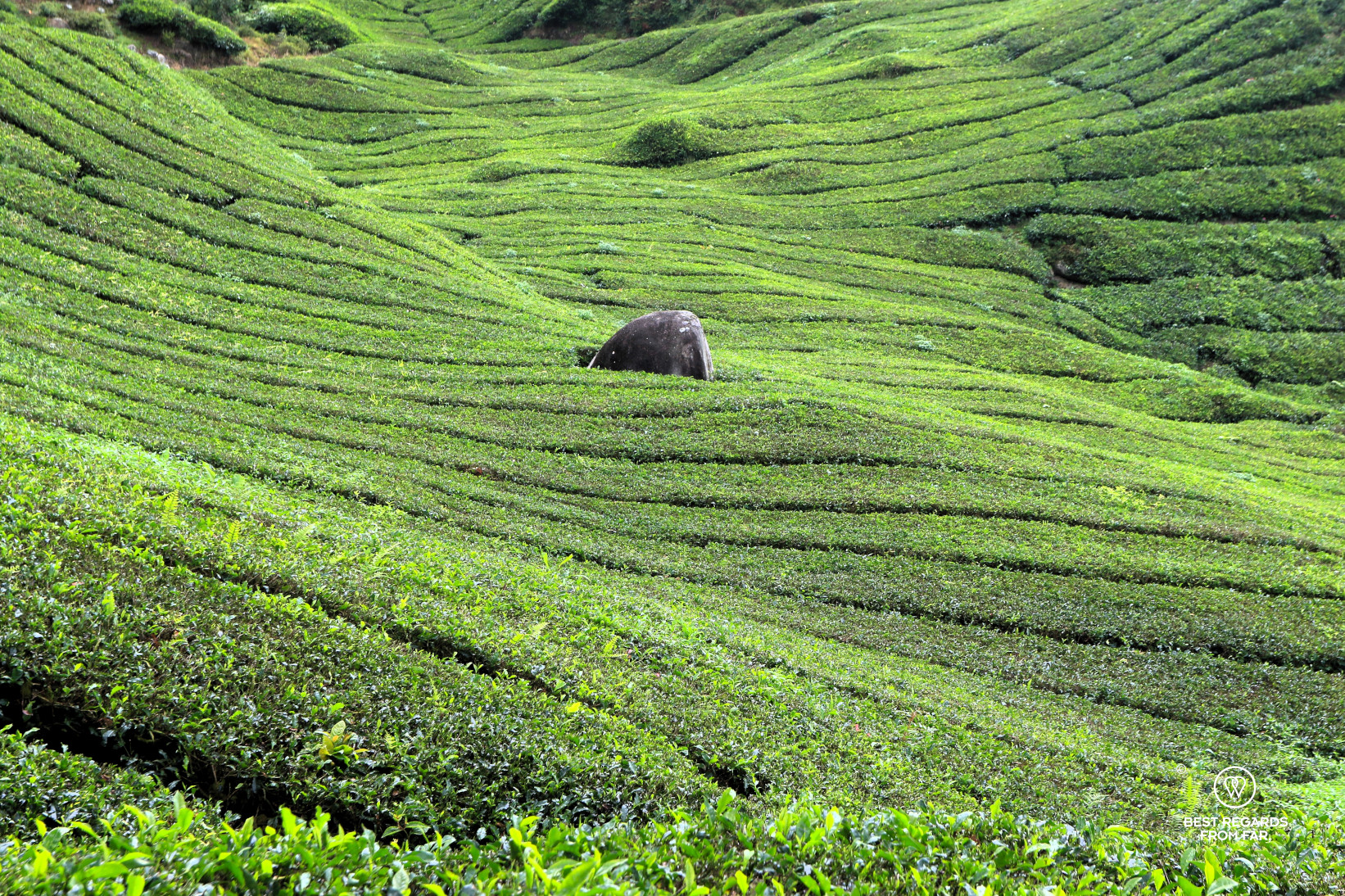
Then, the leaves are processed and at BOH, it is still done in the traditional way using machines dating back to the 1930s.
Some of the humidity is taken out by withering for 12 to 16 hours to get rid of half of the moisture.
The roller is used to crush the tea leaves to release the enzymes within them. This is where the difference between green and black tea occurs: for black tea, the enzymes of the leaves are exposed to oxygen changing their colours from green to copper brown. This oxidation (sometimes wrongly referred to as fermentation) lasts for about 2 hours, while no oxidation occurs for green tea.
The oxidation process is locked by drying the leaves at about 100°C (212°F) for 20 minutes to bring the humidity down to 3%.
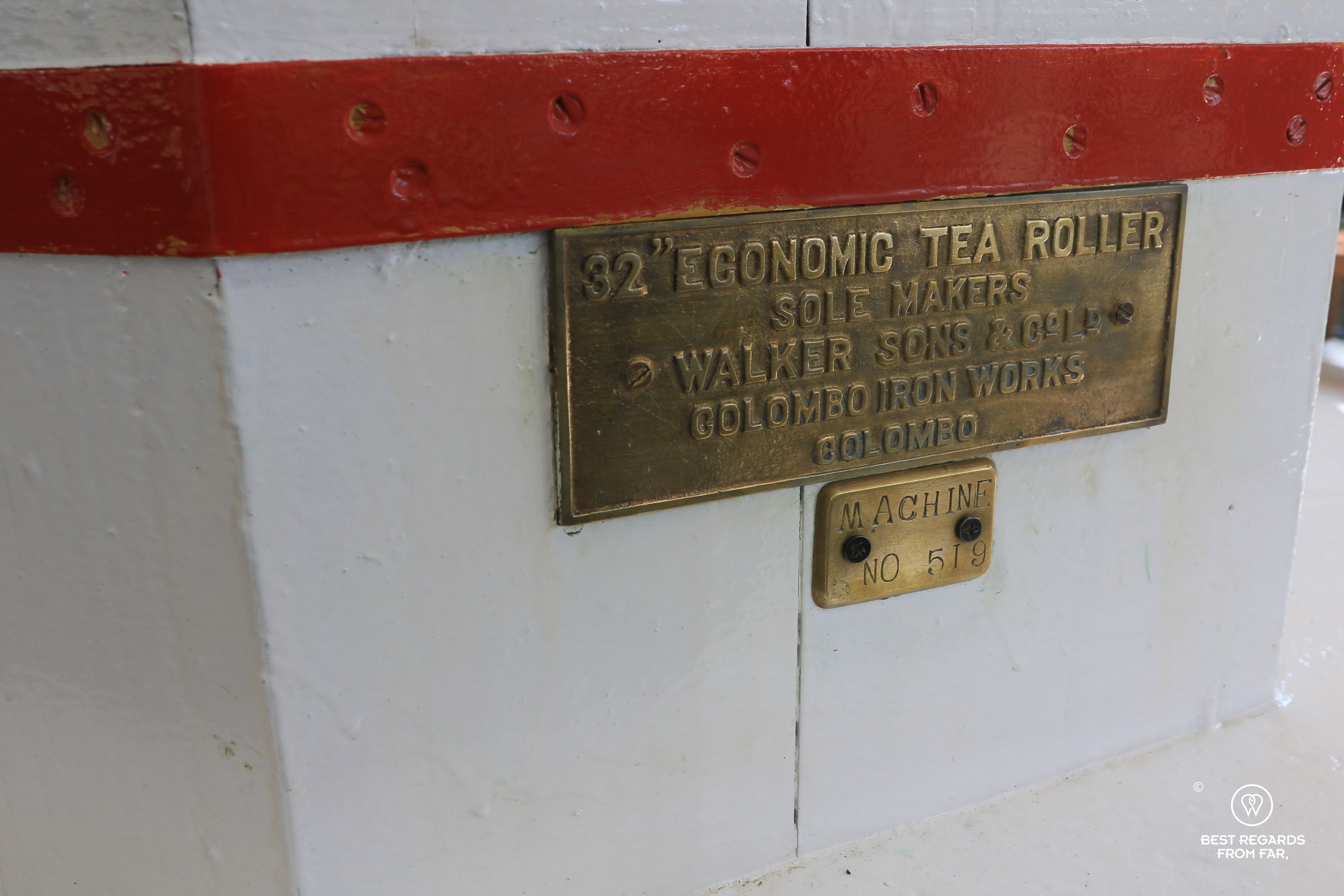

The last stages are separating from stalks and fibres and sorting the leaves, an important task as the price ratio goes from 1 to 18 based on size and grade, defined by density and flavour.
The aromas develop for another three months during which the tea is kept in large bags before being packaged.
What is better loose tea or tea bags?
Loose tea allows the aromas to develop and is much better than the practical tea bags. The pyramid bags made of corn starch at BOH seem to be the right compromise as they are supposed to diffuse the tea aromas as well as loose tea leaves.
Yet, to enjoy tea and all its benefits, it is paramount to respect the brewing time and more importantly the brewing temperature: the healthy antioxidants of green tea lose all their benefits if they are burnt by a water hotter than 80 to 85°C (176 to 185°F). For black tea, the brewing time is generally 3 to 5 minutes with a water temperature of 95°C (203°F).


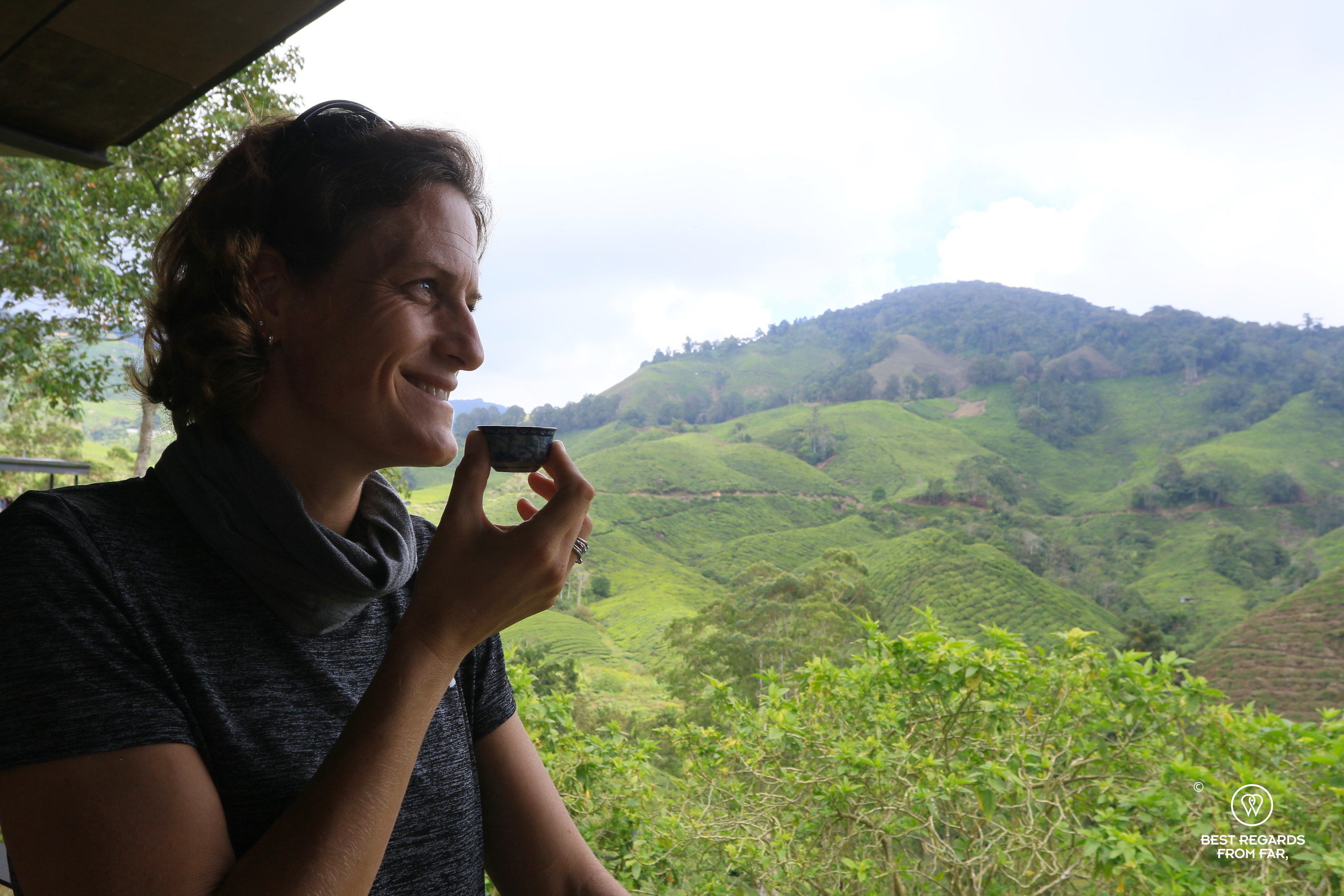
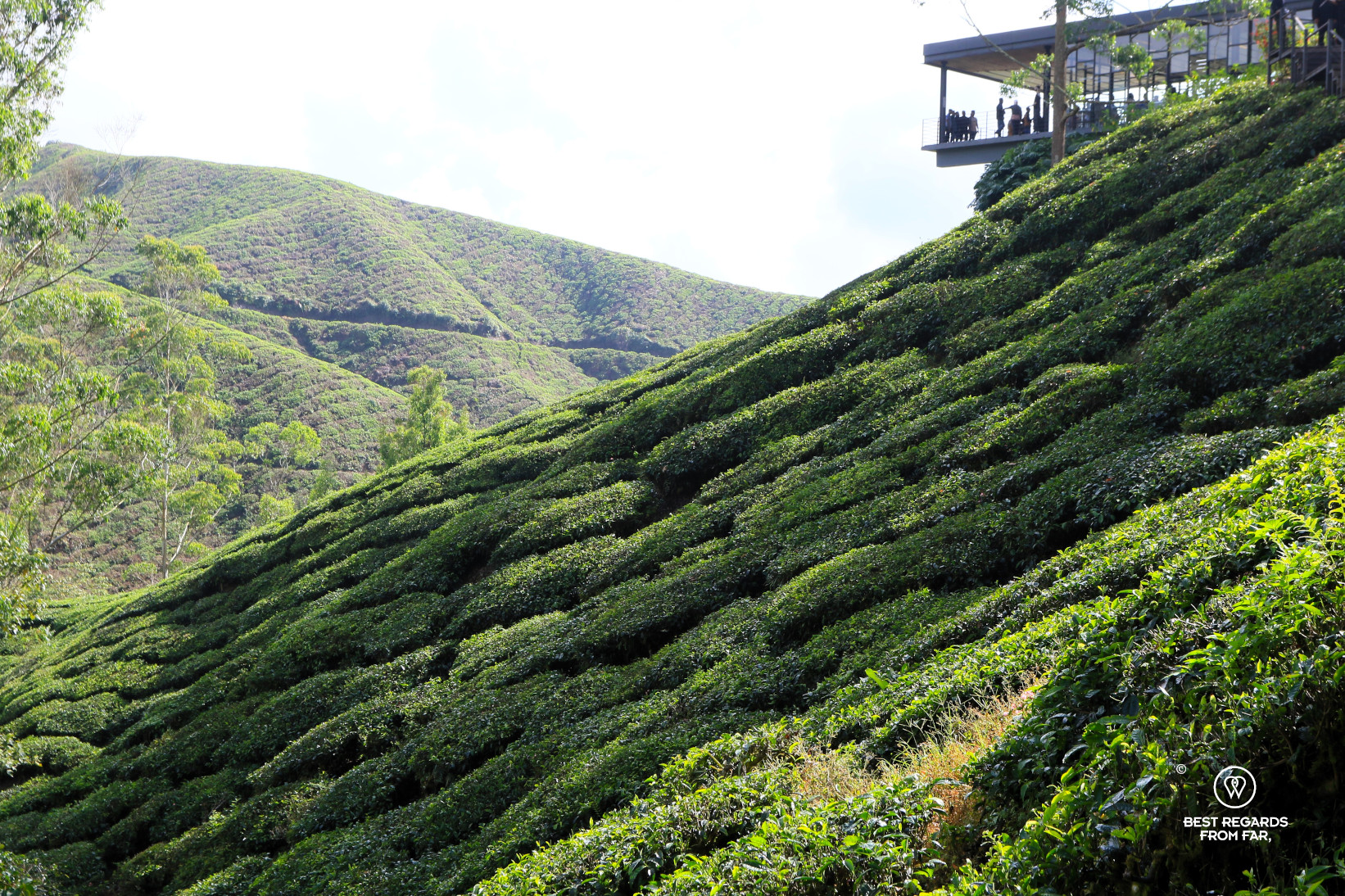
All the flavours come out during a tasting. In the stylish building overlooking the Sungai Palas tea plantation, with all teas prepared in the same way, the darker and stronger low land teas are compared to the more subtle highland teas being harvested on the opposite slope of the hill as we sip them.
Spy stories…
The inspiration for James Bond
After WWII, the dense jungles of the Cameron Highlands turned into hideout for communist insurgents during the Malayan Emergency (1948-1960) that costed over 11,000 lives. The communists fought for independence from the British Empire that was protecting its interests in the region in a bloody civil war – downplayed by the British to not scare away the London-based insurance companies that were essential for the British businesses exploiting local natural resources and trading.
While the British and communists joined forces during WWII against the cruel Japanese occupant, the communists were so paramount to victory that their party, the MCP, gained popularity to the point it was bound to win the post-war Malayan elections. With such an ideological gap between the capitalist British Empire and the pro-independence communists, this had to be avoided at all costs: the British MI6 tasked one of his secret agents infiltrated in the Malayan communist party to move to the Cameron Highlands to lure the MCP into a jungle insurrection. Denis Emerson-Elliott and his family settled in the cute and isolated Tudor-style Moonlight Bungalow, and the MI6 ploy worked: the MCP quickly went from the next-in-line to win the elections to an outlawed terrorist party that was killing planters. Shortly after, Emerson-Elliott moved one cottage down to let the Moonlight Bungalow to the communist leader, Chin Peng that he used as his headquarter and execution grounds.
His mission completed, Emerson-Elliott relocated his family to England before the end of the insurgency. Yet, his character inspired his old friend Ian Fleming, who had trained and worked with Emerson-Elliott at the Royal Naval Reserve before, during, and after WWII. After all, hasn’t Emerson-Elliott’s identification number BB007 (for British Bureau denoting MI6 secret agents) become the most famous of Hollywood?

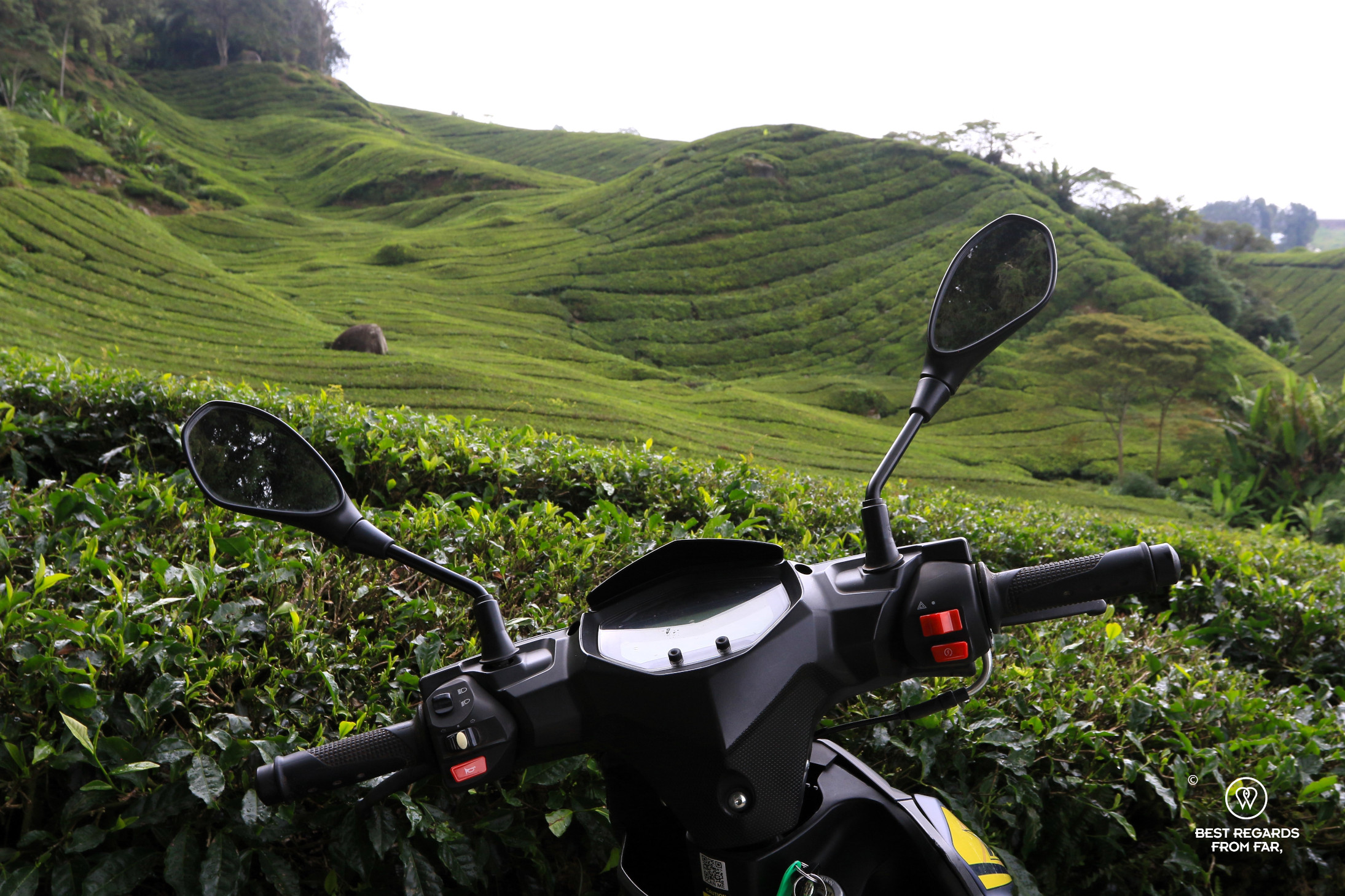

More spy stories?
Weirdly enough, the Moonlight Bungalow hosted another secret agent, American this time. Jim Thomson, silk millionaire based out of Bangkok who saved the Thai silk industry, secret agent during WWII, and most likely afterwards, stayed there in March 1967 during a cool getaway in the hill resort.
One morning, on March 26th, he left for a hike to never ever be seen again, triggering one of the most in-depth land searches in Southeast Asia, and one of its greatest modern mysteries…
Travel tips:
- To stay away from the many tours of so-so quality, rent a scooter to remain independent and be able to visit the tea plantation in relative quietness. A reliable local scooter rental company is Nepenthes Enterprise (nepenthes2u@gmail.com, WhatsApp +60125811909).
- To dig more into Jim Thomson’s history, make sure to visit the Jim Thomson House if in Bangkok. A real gem!
- Check out our interactive map for more in the area (black pins lead to an article):
For more in Malaysia, click on the images below:


